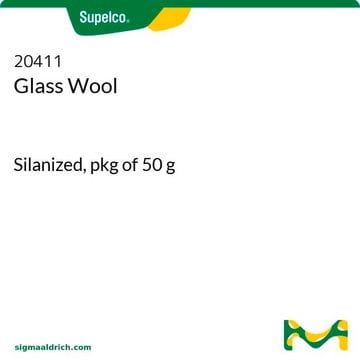699624
Carbon, mesoporous
nanopowder, graphitized, less than 250 ppm Al, Ti, Fe, Ni, Cu, and Zn combined
Synonym(s):
Graphite nanoparticles, Graphitized carbon, Graphitized carbon black
About This Item
Recommended Products
form
nanopowder
surface area
50-100 m2/g
pore size
0.25 cm3/g pore volume (typical)
137 Å average pore diameter (typical)
bp
4827 °C
mp
3654-3697 °C
density
1.828 g/cm3 (absolute, typical)
bulk density
0.075 g/cm3
SMILES string
[C]
InChI
1S/C
InChI key
OKTJSMMVPCPJKN-UHFFFAOYSA-N
Looking for similar products? Visit Product Comparison Guide
Related Categories
General description
Application
Storage Class Code
11 - Combustible Solids
WGK
nwg
Flash Point(F)
Not applicable
Flash Point(C)
Not applicable
Personal Protective Equipment
Certificates of Analysis (COA)
Search for Certificates of Analysis (COA) by entering the products Lot/Batch Number. Lot and Batch Numbers can be found on a product’s label following the words ‘Lot’ or ‘Batch’.
Already Own This Product?
Find documentation for the products that you have recently purchased in the Document Library.
Customers Also Viewed
morphology and loss of barrier function in human
bronchial epithelium at noncytotoxic doses
Articles
Mesoporous Materials include a range of high surface area porous silicates with applications in gas adsorption, drug delivery, diagnostics and catalysis.
Mesoporous materials self-assemble from sol-gel precursors and amphiphiles, forming versatile structures for various applications.
Mesoporous materials self-assemble from sol-gel precursors and amphiphiles, forming versatile structures for various applications.
Mesoporous materials self-assemble from sol-gel precursors and amphiphiles, forming versatile structures for various applications.
Our team of scientists has experience in all areas of research including Life Science, Material Science, Chemical Synthesis, Chromatography, Analytical and many others.
Contact Technical Service





